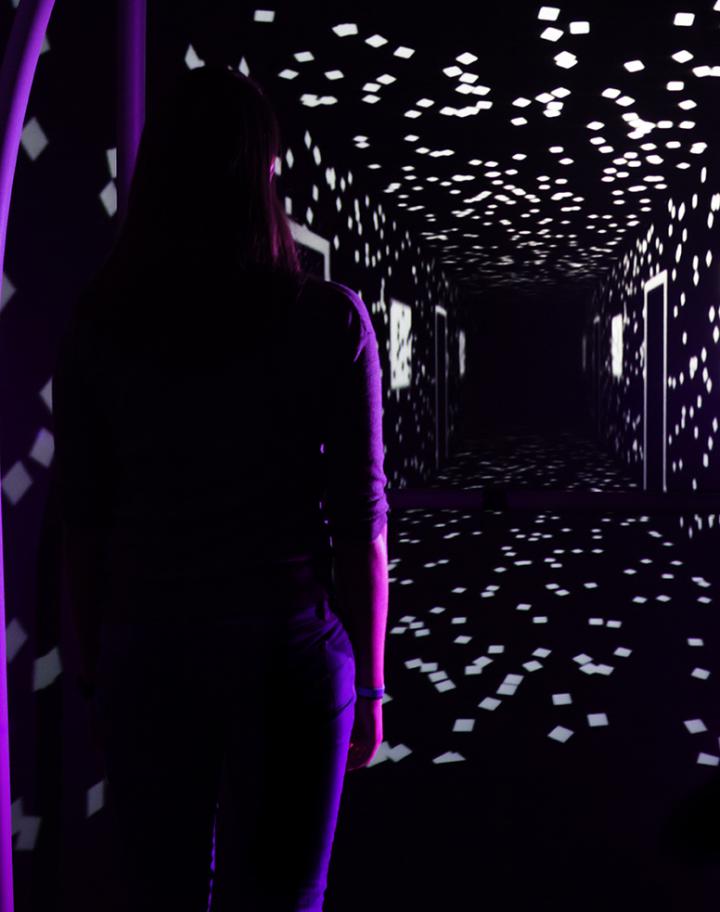Virtual reality could hold key to preventing elderly falls
Researchers in the US have developed a VR system that can analyse balance impairments, and could help train the elderly and others to improve their balance and avoid falls.
According to AgeUK, falls are the most frequent and serious type of accident in people over 65, and the leading cause of death from injury in over 75s. Younger adults have healthier muscles in their legs and feet that act almost like sensors, enabling them to walk easily in the dark or with their eyes closed. Age, as well as degenerative diseases such as MS, diminishes that sense of proprioception, leading to a greater reliance on visual cues for balance.
The study, carried out by a team from the University of North Carolina and North Carolina State University, used a VR system and a treadmill to perturb the balance of participants while walking. A curved screen with a moving hallway was programmed to distort perception, while 14 cameras captured the movements of the volunteers’ lower bodies, which were equipped with relfective markers.

"As each person walked, we added lateral oscillations to the video imagery, so that the visual environment made them feel as if they were swaying back and forth, or falling," said Jason R Franz, assistant professor in the Joint UNC/NC State department of biomedical engineering. "The participants know they aren't really swaying, but their brains and muscles automatically try to correct their balance anyway."
Register now to continue reading
Thanks for visiting The Engineer. You’ve now reached your monthly limit of news stories. Register for free to unlock unlimited access to all of our news coverage, as well as premium content including opinion, in-depth features and special reports.
Benefits of registering
-
In-depth insights and coverage of key emerging trends
-
Unrestricted access to special reports throughout the year
-
Daily technology news delivered straight to your inbox










UK Enters ‘Golden Age of Nuclear’
Anybody know why it takes from 2025 to mid 2030's to build a factory-made SMR, by RR? Ten years... has there been no demonstrator either? Do RR...